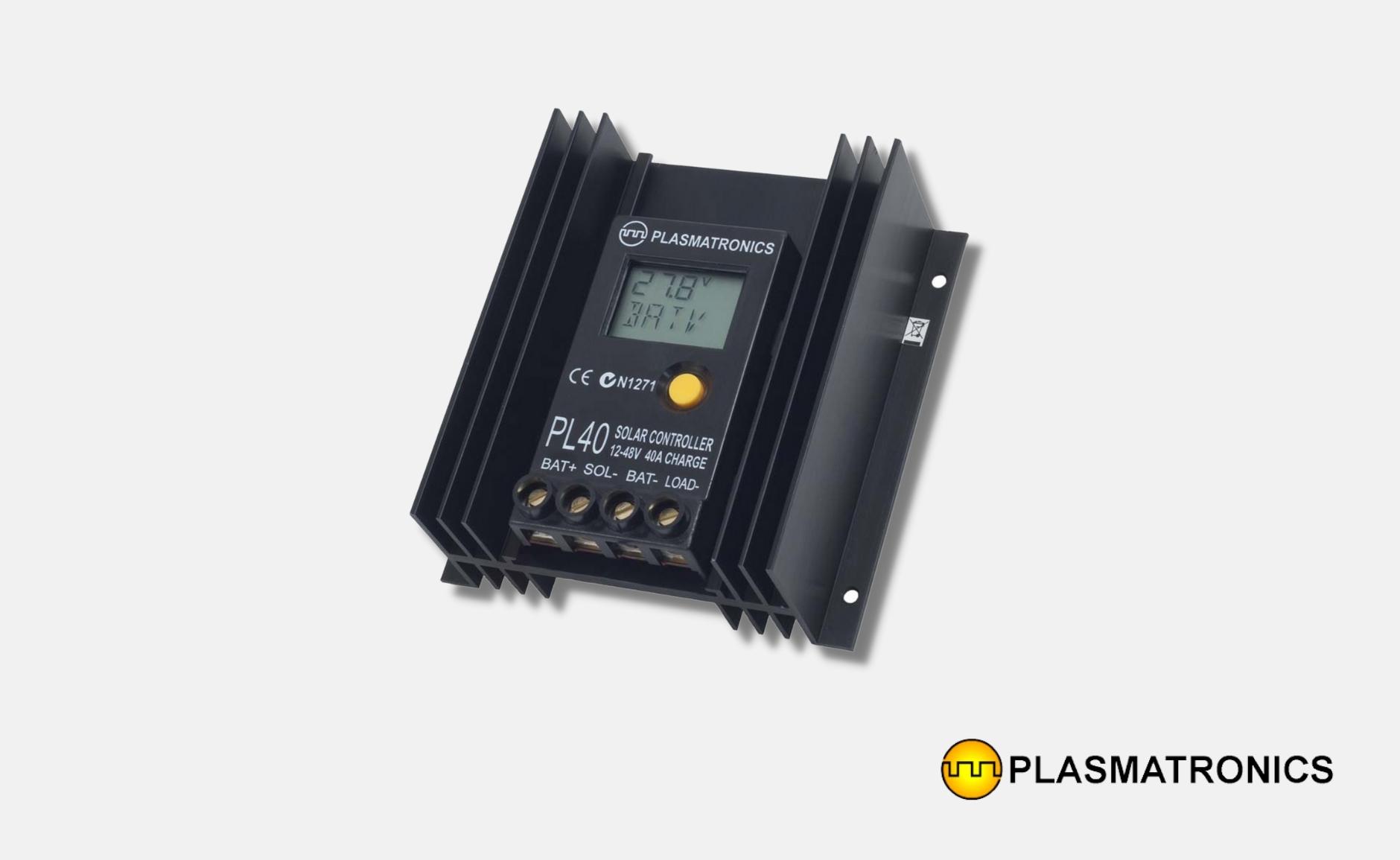The “Inbound Power Stage” is a loose grouping of all the sources of power that may be used to charge the battery.
This is most commonly the Solar Panels & Regulator , but can also be power coming from a vehicle alternator via a DC/DC Charger or power from a grid connection or generator feeding in through a Battery Charger or combined Inverter/Charger.
In some systems the Inbound Power can even come from secondary renewable sources such as Wind or Hydro!
No matter the source of the inbound power, some form of control/regulation/management equipment is required between the power source and the battery this device manages the incoming power to ensure the battery receives the optimal charge and to prevent damage from over charging!
The little things count just as much as the large components. All Inbound Power feeds should be guarded by Fuses or Circuit Protection and a DC Bus will often be used in larger systems to manage multiple wiring pathways.
oUR COMPONENTS
Solar PANELS
Solar panels are a core building block of a free free-standing monitoring station and come in many shapes, sizes and electrical configurations.
When choosing your solar panel(s) be sure to properly design their capacity for your load requirement, your site location and your battery & regulator configuration. You may also want to consider physical characteristics such as weight & dimensions and lead length & connectors.
REGULATOR
The regulator (a.k.a. solar charge controller) is the babysitter that ensures your battery is looked after. It manages the power from the solar panel(s) and regulates it on its way to the battery.
It’s important to understand the differences between PWM and MPPT regulation methods as they have an enormous impact on what solar panel(s) you can or can can’t use in your system. They can also offer many additional functions including LVD protection, relay ports and various levels of display & communication interfaces.
DC/DC Charger
The DC/DC charger is another babysitter that ensures
your battery is looked after.
It manages the power from ‘otherother’ DC sources (i.e. not
solar panels) and regulates it on it it’s way to the battery.
This could be a feed from a dedicated DC generator or
power being supplied by a vehicle alternator.
Battery charger
The Battery Charger is another babysitter that ensures your battery is looked after.
It manages the power from AC sources (e.g. a generator or grid connection) and converts it to DC to charge the battery in controller manner.
In some applications the Battery Charger may not be used for 99% of it it’s life but in that 1% when you need to bring out a portable generator, it will earn it it’s keep 10 times over!
WANT TO GET IN TOUCH?
Complete the form below to have RFI's solar team contact you.

.png)

.jpg)
.jpg)









